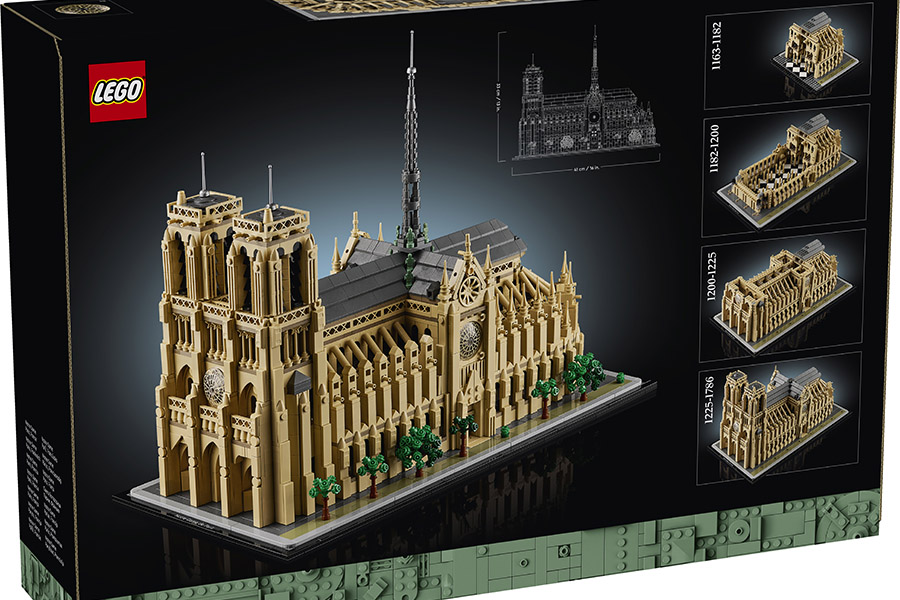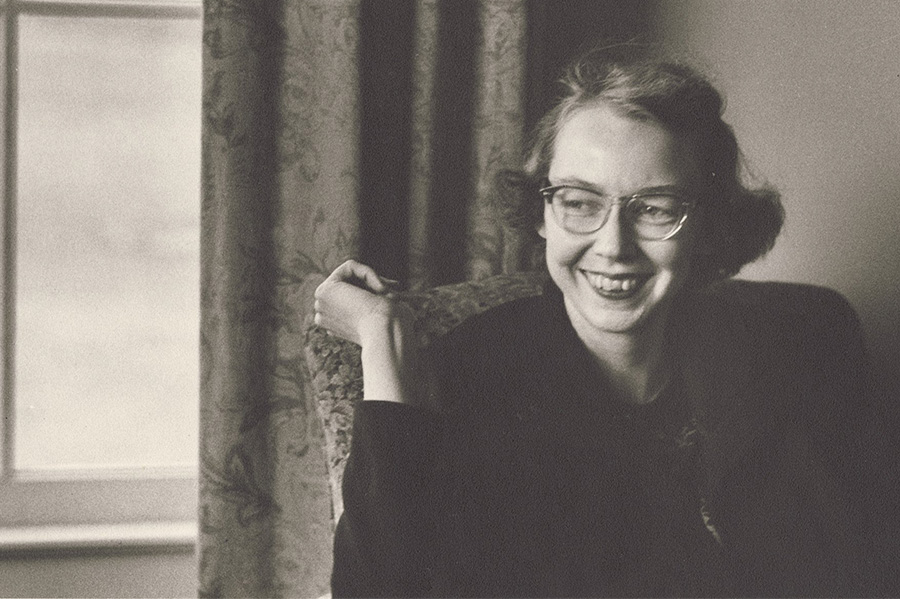Luisa Roldan, who became the first famous Spanish female artist and rose to be named Court Sculptor to the King of Spain, created exquisite devotional sculptures in wood and clay in the late 1600s. One of these, “The Education of the Virgin,” is now on view in the exhibit “Making Her Mark” at the Baltimore Museum of Art and is one of many works that are worth a visit to this grand show of what female artists achieved in the pre-modern era before 1800.
About two feet high, the polychromed (painted) image in wood shows the elderly St. Anne seated in a carved and gilded chair as she guides the hand of young Mary over an open book that is turned so that we, too, can read the words. The words in the book are: “Spiritus sanctus super veniet in te et virtus altissimi obumbravit tibi…”(The Holy Spirit will come upon you and the power of the Most High will overshadow you…)
The text was sung on the Feast of the Expectant Virgin (Expectationis Beata Maria Virginis) in Spain. Pregnant women were specifically encouraged to attend this Mass.
This unique work reflects one side of the contemporary debate in Spain about girls’ education. For the most part, women in 17th-century Spain were illiterate and relegated to domestic tasks. But a select few forged their own paths, often by joining convents that allowed for relative intellectual freedom.
Roldan, who died in poverty in 1706 despite her royal position, has recently become one of the most sought-after “old masters” by major museums. In 2022, the National Gallery in Washington, D.C., acquired its first Roldan, a “Virgin and Child,” also of polychromed wood, in which Mary stands on a cluster of heavenly cherubs— suggesting this might also be intended as an image of the Immaculate Conception.
The daughter of a sculptor in Seville, Luisa trained in her father’s workshop but married another apprentice at 19 and struck out on her own. Together with her husband and her brother-in-law, “La Roldana” created religious wooden sculptures in their workshop in Cadiz. She did the carving, while her husband helped with his expertise in flesh painting and gilding.
La Roldana is not the only woman artist to have made unique contributions to devotional art. Two of the best known are Artemisia Gentileschi, who became a leading exponent of the dramatic realistic style of Caravaggio in the early 17th century, and Lavinia Fontana, a fine portraitist who also painted no fewer than 24 altarpieces and was called from Bologna to Rome by the pope in 1592.
Gentileschi’s six-foot-high “Judith and Holofernes,” portraying the Biblical heroine whose violent act saved Israel, dominates the first gallery of the Baltimore exhibit. Fontana contributes a painting of the “Madonna and Saints,” loaned by the Davis Art Museum in Wellesley.
It is no coincidence that Fontana’s hometown of Bologna, known for its strong papal allegiance and doctrinal strictness, was also known for purposely supporting women’s intellectual pursuits. Its ancient university admitted women as early as the 1200s.
A particularly charming revelation in the Baltimore show is Josefa de Ayala (1630-84), who contributes two works, a meticulously painted “Christ Child as a Pilgrim” and a tiny “Visitation” in an elaborate golden frame. Ayala produced her earliest professional work, according to the exhibition catalog, while boarding in an Augustinian convent as a teenager. One room in the show is devoted to the subject of “cloister work” produced by nuns. (Another Ayala religious masterpiece, “The Sacrificial Lamb,” is on view at the Walters Art Museum nearby in Baltimore). The BMA exhibit challenges some of the longstanding biases that have stood in the way of a full appreciation of art made by women in pre-modern times. One is that only paintings and large-scale sculpture count as “fine art,” whereas other media in which women often excelled, such as ceramics, needlework, and paper art, actually often commanded much higher prices back in the day, while the makers were often anonymous women.
Another prejudice that curator Andaleeb Badie Banta was eager to tackle and debunk is that women could not do “history painting” (figure painting depicting Biblical, mythical or historical themes—considered the acme of fine art) because they were not allowed to draw from the nude. In fact, as the cases of Fontana and Gentileschi make clear, some female artists did have access to the nude through ancient sculpture and family members who could act as models.
“Making Her Mark” is on view at the Baltimore Museum of Art through Jan. 7, 2024. The Museum is open Wednesday through Sunday.
Read More Arts & Culture
Copyright © 2023 Catholic Review Media







